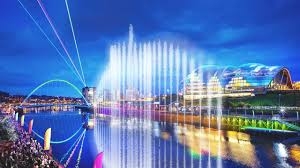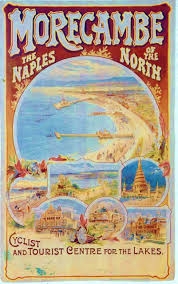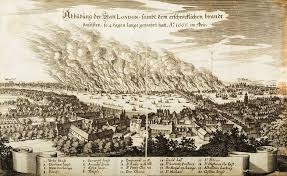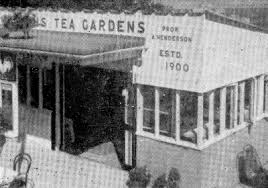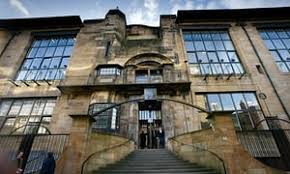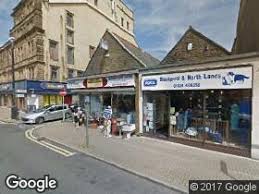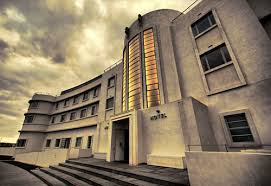By Peter Wade
Morecambe’s Winter Gardens has long wanted a royal box. Now, ahead of the 125th anniversary of its opening in 1897, it has one thanks to a plaque unveiled by Prince Charles during his visit to Morecambe on Friday 8th July.

Apart from the theatre which carries his great-great-great grandmother’s name at the entrance, Prince Charles also dropped in on Brucciani’s famous ice cream parlour and met participants in the Prince’s Trust programme for young people held at Morecambe Fire Station.
Prince Charles was also introduced to staff and volunteers from Morecambe Foodbank and saw presentations relating to the manufacture of pioneering batteries locally and plans for the Eden Project North.
Over the years Morecambe Winter Gardens has been a grand music hall as home to concerts by classical orchestras, big bands from between the wars and gigs by up-and-coming pop groups in more recent years. It has also staged opera and ballet as well as mainstay summer season shows, variety and pantomime. Even circus was brought in from the cold to grace its stage. Names to conjure with include composer Edward Elgar, minstrel singer Eugene Stratton, Forces’ Sweetheart Vera Lynn alongside Ambrose and his Orchestra, opera star Dame Joan Hammond, comedian Frank Randle and his Summer Scandals, The Rolling Stones and TV Topliner The Black & White Minstrel Show.
Over the past two winters the Winter Gardens has been up-graded for a new generation of artists and performers. Specialist work has been done installing a new heating system, restoring missing or damaged ceiling panels, restoring one of the
missing box fronts and work on the roof and the underside of the cantilevered circles. A team of skilled restorers from Bristol-based firm Hales and Howe have taken on the work over the past two years allowing the ground floor now to be brought fully back to use.Despite these advances, Morecambe’s Winter Gardens remains in the relegation zone of UK theatres. The Theatres at Risk register has given the Winter Gardens a danger rating of 8 out of 9 placed alongside another five theatres. Only one theatre (Brighton Hippodrome) has a worse rating.The register aims to highlight the plight of these theatres, some facing closure, redevelopment or demolition. Forty one theatres are listed, an increase of 10 on last year.
The Winter Gardens has been on the list since 2006 when it was first compiled. With fresh funding and support it is hoped that the Winter Gardens will fare better on next year’s register.

